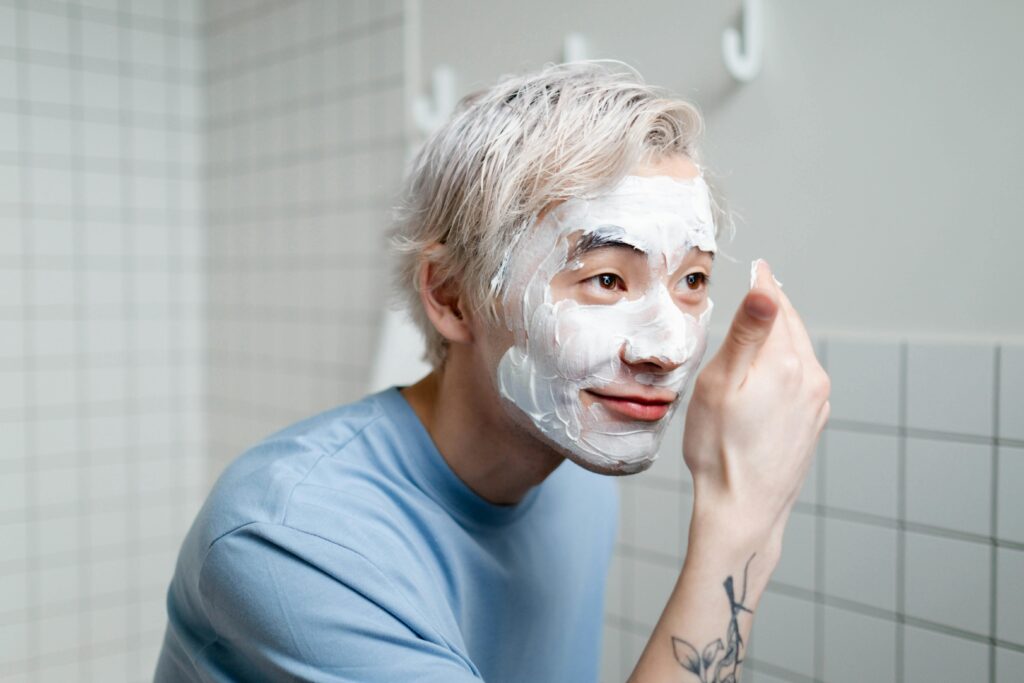Essential Facts That You Should Know About Topical Retinoids

Since the first retinoid was licensed for acne treatment in 1971, these medications have been heralded as a panacea for skin disorders. Although topical retinoids are not the cure-all for every skin issue, a few have shown promise.
Acne Treatment with Retinoids
A retinoid may assist if you have moderate to severe acne that hasn’t improved with previous therapies. Topical retinoids, when applied to the skin, may clear pores, enabling other medicinal creams and gels to operate more effectively. They also aid in preventing acne outbreaks by preventing dead skin cells from clogging pores. They may minimize the production of acne scars by cleaning acne and minimizing breakouts.
Retinoid creams, foams, and gels address oil production, acne-causing bacteria, and inflammation.
How to apply: Apply a pea-sized dollop of retinoid cream on your skin once a day, 20 to 30 minutes after washing your face.
What else you should know: When you first start using topical retinoids, you may experience redness, peeling, or worsening of your acne. You may reduce this by using the product every other day until your body adjusts or mixing it with moisturizer.
Wrinkle Treatment with Retinoids
Tretinoin was the first retinoid to be licensed by the FDA for treating wrinkles. This prescription retinoid works by stimulating the production of new collagen. It also promotes new blood vessels in the skin, giving it a pink look, erasing age spots, and lowering actinic keratosis, a precancerous skin lesion. Tretinoin may also help avoid the more significant side effects of UV exposure.
Over-the-counter topical retinoids may not reduce wrinkles as much as tretinoin, but they may improve the look of sun-damaged skin. Using them with alpha-hydroxy acid-containing products may give even more excellent skin-smoothing benefits.
How to apply: Every other week, apply to your face, neck, chest, hands, and forearms.
What else you should know: It takes 3 to 6 months of consistent usage to show wrinkle improvements, with the optimum benefits occurring after 6 to 12 months.
Other retinoids include tazarotene and trifarotene.
Psoriasis Treatment with Retinoids
Retinoids may decrease the proliferation of skin cells in people living with psoriasis. Typically, a little dab is applied to each sore before bedtime. A retinoid cream or gel is often used in conjunction with steroid therapy.
Warts Treatment with Retinoids
Retinoids may be prescribed by doctors for warts after other therapies have failed. Retinoid cream acts by preventing wart cell formation.
How to apply: Follow your doctor’s recommendations when administering retinoids to warts. Warts may need to be treated with creams for many months before they vanish.
What else you should know: Retinoids may be the most effective therapy for flat warts on your hands.
Precautions and Side Effects
Although retinoids may assist with various common skin issues, they are not without dangers. Among the risks are:
- Sunlight sensitivity
- Skin color shifts
- Redness, swelling, crusting, or blistering
- Irritation and dryness
How to Reduce Risks
- Keep away from the sun. If you must be outside, keep your hours to a minimum, particularly between 10 a.m. and 2 p.m. Wear sunscreen with an SPF of 30 or greater, as well as protective clothes such as a long-sleeved shirt, slacks, and a wide-brimmed hat.
- Never use more of a product or use it more often than your doctor or the box label recommends. This will enhance adverse effects rather than boost efficacy.
- Use a moisturizer in addition to topical retinoids. This will decrease skin dryness without interfering with the efficiency of the product.
Topical retinoids should not be used by pregnant or intending to become pregnant women.






